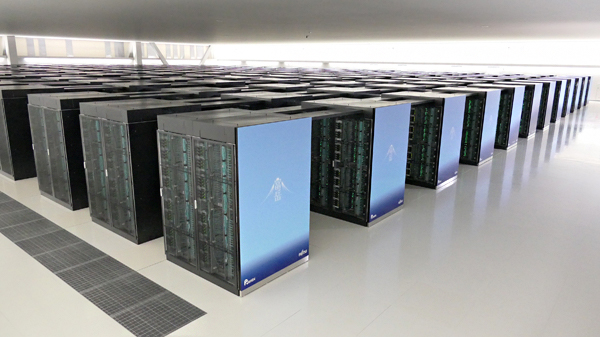2024-11-14 インペリアル・カレッジ・ロンドン(ICL)
<関連情報>
- https://www.imperial.ac.uk/news/257013/decades-long-uranus-mystery-solved/
- https://agupubs.onlinelibrary.wiley.com/doi/10.1029/2024GL111623
太陽風のエネルギーが天王星の熱圏の温度を左右している可能性 Solar wind power likely governs Uranus’ thermosphere temperature
A. Masters, J. R. Szalay, S. Zomerdijk-Russell, M. M. Kao
Geophysical Research Letters Published: 14 November 2024
DOI:https://doi.org/10.1029/2024GL111623

Abstract
Observations of Uranus in the near-infrared by ground-based telescopes from 1992 to 2018 have shown that the planet’s upper atmosphere (thermosphere) steadily cooled from ∼700 to ∼450 K. We explain this cooling as due to the concurrent decline in the power of the solar wind incident on Uranus’ magnetic field, which has dropped by ∼50% over the same period due to solar activity trends longer than the 11-year solar cycle. Uranus’ thermosphere appears to be more strongly governed by the solar wind than any other planet where we have assessed this coupling so far. Uranus’ total auroral power may also have declined, in contrast with the power of the radio aurora that we expect has been predominantly modulated by the solar cycle. In the absence of strong local driving, planets with sufficiently large magnetospheres may also have thermospheres predominantly governed by the stellar wind, rather than stellar radiation.
Key Points
- Ground-based telescopes have shown that Uranus’ thermosphere steadily and dramatically cooled from ∼1992 to ∼2018
- We explain this cooling as due to declining solar wind kinetic power incident on Uranus’ magnetosphere controlling thermosphere temperature
- Uranus’ thermosphere appears to be governed by the solar wind, total auroral power may have also declined over the same period
Plain Language Summary
So far, we have only explored the Uranus planetary system with the Voyager 2 spacecraft, which flew past in 1986. This encounter led to many discoveries, and as many mysteries. One of these mysteries has only become clear since the flyby, as ground-based telescopes have been monitoring the temperature of Uranus’ tenuous upper atmosphere and have found that this layer has been getting colder and colder since the Voyager era, unlike the deeper atmosphere that has stayed about the same temperature. By 2018 the temperature of this upper layer had almost halved, and neither the 11-year cycle of solar activity nor Uranus’ changing seasons appear to have been in control. We finally provide a solution to this long-standing problem by identifying that the energy input to Uranus’ magnetic field by the tenuous, high-speed flow of charged particles from the Sun has been similarly declining over decades. This interaction is what drives energy flow through space around the planet, and this energy ultimately does most of the heating of the upper atmosphere, where auroras are generated. We highlight that the situation may be similar at exoplanets with similarly large magnetospheres.



